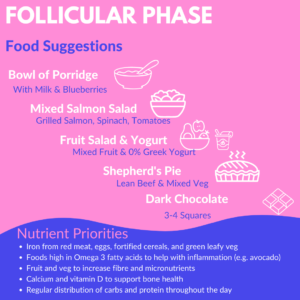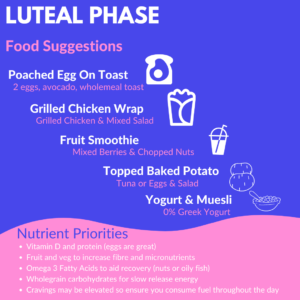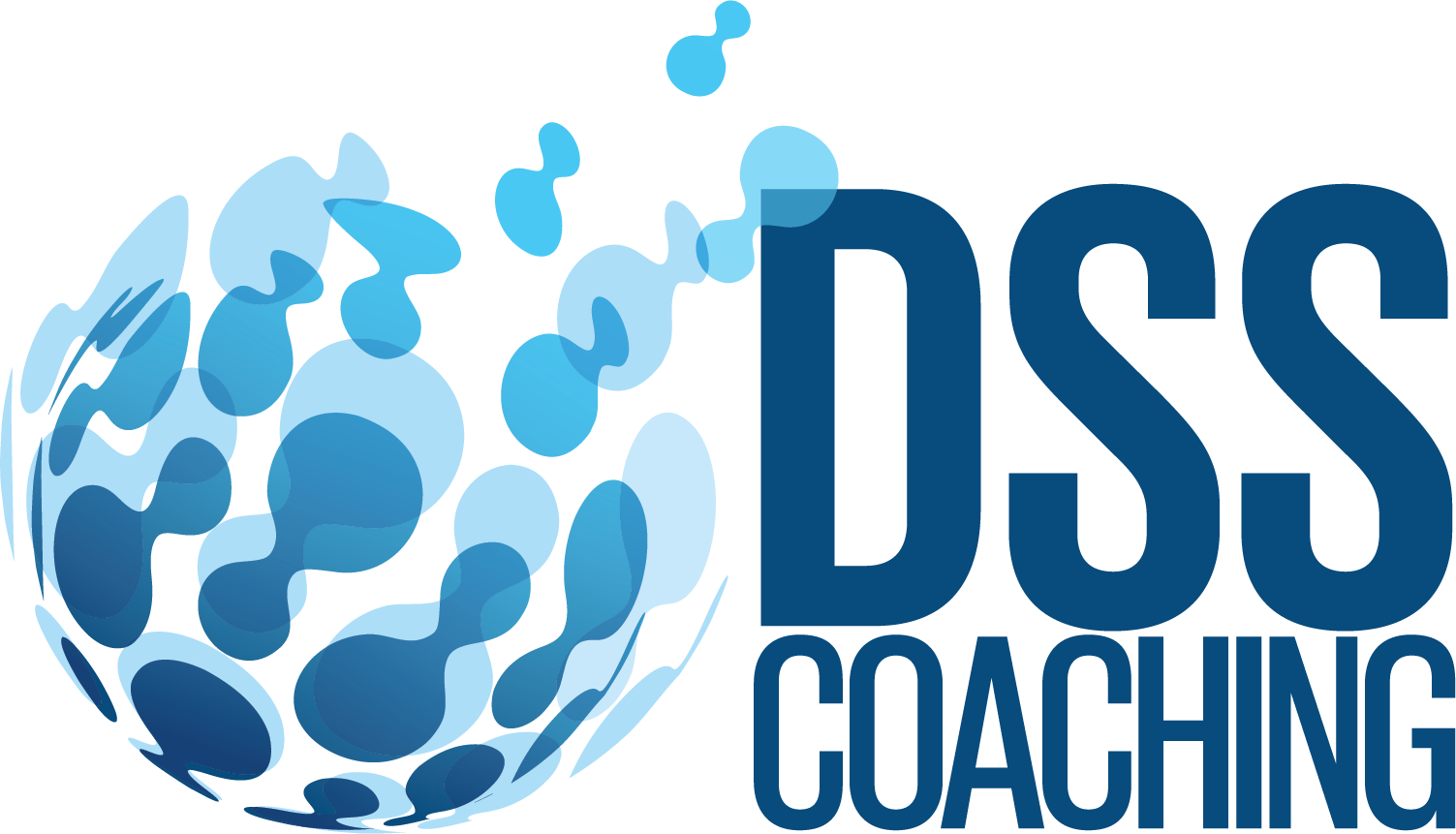
25 Mar Female Athlete Blog Series #2: What should coaches know about Nutrition? Nutrition Considerations For Females
by John Murphy PhD(c)
A common misconception when providing nutrition guidance for females is that they are simply smaller versions of men. While females are smaller, on average, than males there is more complexity when considering nutrition recommendations. The main aspect to consider is the menstrual cycle and how that impacts nutrients needs (both macro and micro) but also the various psycho-social influences that impact females’ relationships with food. This piece will look at the difference in overall calorie needs between males and females; the impact of the menstrual cycle; the higher incidence of RED-S in females; and psycho-social influences on female diets.
Overall Calorie Needs
One of the key factors that separates males from females is the amount of testosterone produced. This leads to males growing a little larger (taller and wider), having more muscle mass and being hairier in general. This extra testosterone, and the resulting larger, more muscular bodies, require more calories to be adequately fuelled. The amount of fewer calories a female requires will vary on an individual basis but is generally 300-500 less per day. While we’ve touched on calorie needs in a previous blog, you can access calorie estimators for females in this folder and males in this folder. You will also get estimates for macronutrient intakes. The Google Sheet will need to be copied to your own drive before editing.
It’s important to note that lower calorie needs are based on the typical person. If a female has higher activity levels then calorie needs will increase in accordance with that.
Menstrual Cycle
The menstrual cycle has been covered here in terms of what is happening physically and what coaches need to be aware of. We can provide our bodies with greater support during this time by ensuring the right nutrients are present at various stages of the cycle. Below is a brief reminder of what is involved at each stage of the cycle physically but with some nutrition recommendations contained within.
Phase 1 – Menstruation
- Oestrogen and progesterone are at low levels
- Carbohydrates are essential during this time – particularly pre-exercise
- You possibly require approximately 200 extra calories per day
- Consider eating extra red meat (2-3 servings per week) to ensure you have sufficient iron to replace losses
- Fruit & vegetables for antioxidants to support immune function
- Ensure you are getting adequate Vitamin D, calcium, fish oils and B vitamins
Phase 2 – Follicular Phase
- Oestrogen rises and peaks just before ovulation
- Blood sugars are more stable, and the body becomes more efficient at using fat for fuel. You may find your training feels a little easier
- Training intensity can be pushed a little higher as recovery may also increase during this time
- Ensure you are fuelling adequately (eating enough) during this time as you may feel like you require less. This will have knock-on negative effects a week or so later if you under-fuel

Phase 3 – Ovulation
- Both oestrogen and progesterone begin to rise
- The effect of your progesterone impacts your BMR, which then starts to rise so you may recognise an increase in appetite and cravings
- Plan for this by having some foods that will meet those cravings but in controlled portion sizes (a mini-bar of chocolate as a treat, swap pop-chips for normal crisps if you crave salt/crispy, etc)
- You may notice an elevated heart rate as well as an increase in body temperature and sweat. Ensure you are drinking slightly more water during this time to balance sweat/fluid requirements
- Ensure protein and carbohydrates are evenly spaced throughout the day to help manage blood sugar levels
- Aim for higher fibre (complex) carbohydrate sources as they will digest slower and provide even releases of energy
Phase 4 – Luteal Phase
- Oestrogen and progesterone start to fall to their lowest point, ready for menses
- Increased appetite and cravings are likely at this stage. Again, plan for these with controlled portions.
- Sleep can be impacted during this time which has knock-on effects for recovery, mood and concentration.
- Try not to combat this with excess caffeine but put together a pre-bed routine that aids good sleep
- Ultra-processed foods can also increase symptoms so while you’re craving foods higher in salt, fat, etc., It’s worth minimising how much you eat during this time as it will make symptoms worse

Key Points:
- When oestrogen is low and rising, we are more efficient at using fat as a fuel source, especially during moderate-intensity training (going for a run or cycle). While carbohydrates are still necessary for exercise, we will also use a higher percentage of fat for fuel, meaning we are likely to feel much stronger when training (particularly when focusing on endurance).
- As progesterone rises, our blood sugars fluctuate a lot more and we rely on carbohydrate for fuel during training. In general, our body is working harder at this stage which is why the same training session may feel much more difficult.
- If playing a match during the luteal phase, you will need to keep carbohydrates higher and topped up throughout the game such as through jellies at half-time. Our bodies are very inefficient during this time at using stored carbohydrate so we need external sources when fuelling performance.
RED-S
RED-S or Relative Energy Deficiency In Sport is where an athlete does not realise how much fuel they require for their training or competition and end up under-eating. This leaves the body under fuelled for both their normal biological functioning as well as physical activity and training. It can occur in both males and females but is far more common in females.
Most active people will acknowledge their training as physical activity but neglect to acknowledge general day to day activities, such as active commuting, having an active job, and the cost of living. In essence, RED-S is when an athlete is not consuming enough calories to fuel their overall demands, particularly in the long term. The symptoms of RED-S are:
- Vitamin and mineral deficiency
- Reduced adaptations to training
- Loss of motivation to train
- Weight loss
- Constant fatigue
- Poor performance
- Hormone imbalance
- Reduced bone health
- Digestive issues
The above symptoms can come about from a conscious decision by the athlete (or their coaches) to restrict energy for weight loss or body composition goals. While reduced weight can help performance in some instances, it is very important to watch out for the above symptoms, particularly if they persist for more than a couple of weeks.
Restricted energy intake in the long term can lead to a number of long term negative effects that go beyond reduced athletic performance. As the body will always prioritise movement, low energy availability within the system can lead to down-regulation of various biological processes that end up lowering the metabolic rate so as to preserve energy. While many believe that restricting intake and increasing movement will result in weight loss, this is not always the case.
Psycho-social Influences
It’s important to note that the mind and body are not separate entities with many behaviours impacting upon each other. If we look at the example of restrictive eating in athletes, the culture within their sport often creates the belief that lighter athletes perform better. This is more common in females than males as societal norms towards body image suggest that thinner is healthier. Many fail to realise they may have already achieved an optimal weight for their body and further restriction will only lead to negative impacts on performance. An over emphasis on high training volume and intensity, coupled with restrictive eating will lead to a number of biochemical and hormonal irregularities. Specifically, a reduction in the production of oestrogen in women, resulting in elevated symptoms of depression and anxiety, and many long-term physical consequences. These include low bone density, gastro-intestinal symptoms, a depressed immune system and poor adaptation to training. This can also include holding onto body fat rather than putting down any lean muscle mass.
Other psycho-social influences exist around specific foods or nutrients. Females are most likely to restrict intake of carbohydrates, dairy and red meat. These are particularly important for females as carbohydrates are our primary source of energy (particularly during specific phases of the menstrual cycle), dairy is important for calcium and bone health (with females more likely to suffer from osteoporosis and bone mineral deficiencies) while red meat is one of the best sources of heme-iron (most easily absorbed by the body. Ensuring you consume enough of these food groups can help energy availability for sport and have numerous benefits for health in general (a foundation for both wellbeing and athletic performance).
There will always be a number of individual differences in terms of how we react with different foods and nutrients. Monitoring how your body responds to certain foods or food combinations, particularly at different stages of the menstrual cycle, is important when developing an understanding of what to eat and when. Identifying the foods and nutrients that suit your body best is key to developing nutrition habits to suit your own lifestyle at the various stages of the menstrual cycle so you can perform to your best in sport and life in general.
If you have any questions or would like further information on anything discussed here (or anything else nutrition related) contact me at [email protected]
I can also be found on Twitter and Instagram



No Comments